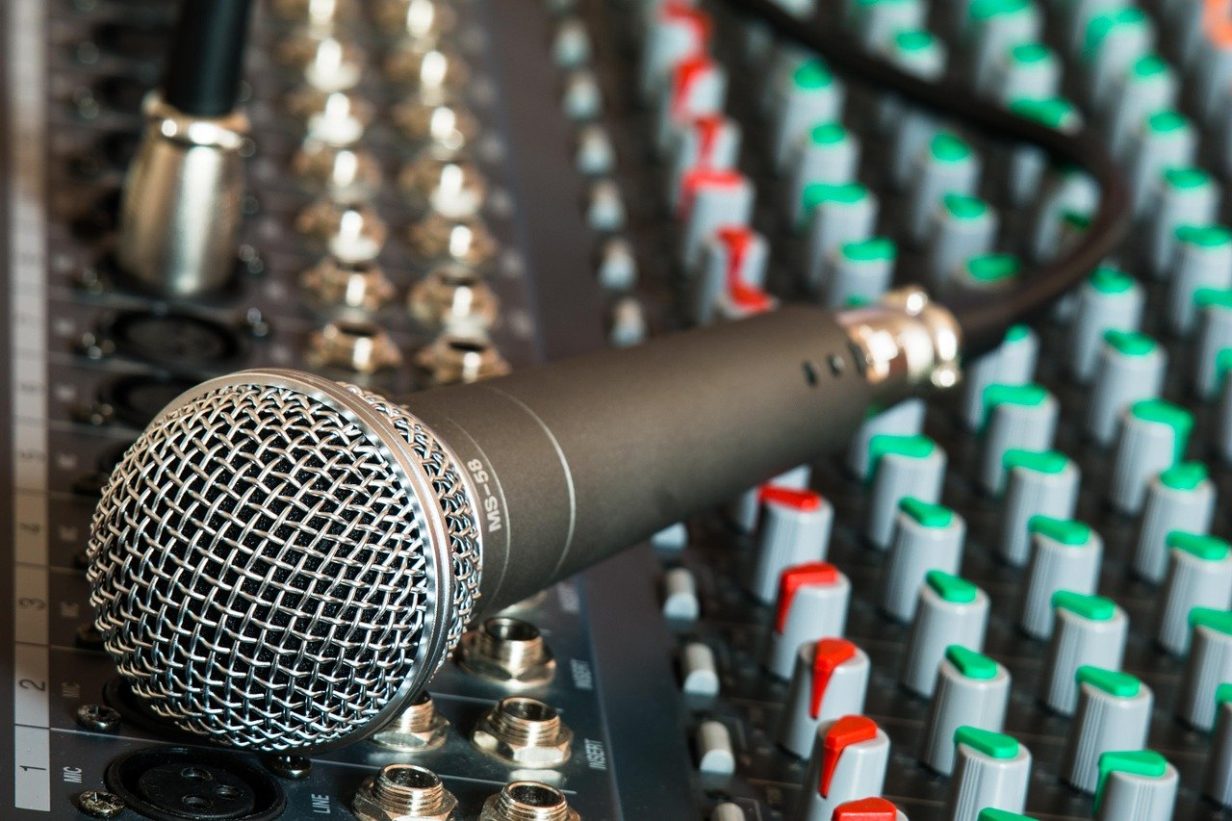Big data and analytics is now the driving engine for all businesses as the more data we have, the better decisions you as a business owner can make. When you consider all of the factors that analytics plays in our business such as metrics to be tracking, business development, and how machine learning impacts our business practices, your role as a data scientist is crucial to your companies future.
Because you will now play such a pivotal role in the growth of your company, you are going to be asked to give multiple presentations over the year to help your peers and colleagues understand this data so that they can use it in a constructive manner. This means that you are going to need to learn how to prepare a presentation like some of the leading analytics experts that conveys your understandings in an effective manner. Here are some simple tips that will help you the next time you need to prepare:
Organizing Your Presentation
The first thing you must do is organize all of your thoughts and points you want to get across. This can feel a bit overwhelming at first so the best thing to do is just put everything to paper (or document) and organize it:
1. Topical – when several ideas relate to your theme and each distinct idea becomes a main point.
2. Chronological – uses time sequence for a framework.
3. Spatial – organizes material according to physical space.
4. Classification – organizes material by putting things into categories.
5. Problem/Solution – organizes material by describing a problem and then presenting a solution.
6. Cause/Effect – organizes material by describing the cause of a problem and then presenting the effects of the problem.
“A good outline includes the main points of your presentation, plus reference to your evidence and should be composed mainly of keywords” suggests business coach Alex Johnson of The Coaching Institute. “You should always practice your speech from your outline. That way it doesn’t sound stilted or memorized.”
Supporting Material
To create a credible presentation, you must provide supporting materials to back up your claims. Evidence serves to clarify your position or main ideas, prove that your claims are true and creates a lasting and memorable impression. Types of evidence include: facts and figures, statistics, statements by authority, testimony, narratives (stories), definitions and so on.
Transitions
It is important to separate your main points by using a technique called a transition. Transitions may emphasize the organization of your speech or demonstrate how your ideas relate back to the theme of your presentation. For example, “now that you understand _________, let’s move on to my next point, which is _________.”
Closing
When you have covered all your main ideas and don’t have any new ideas to present, you are ready to close. The opening and the conclusion are bookends to the body of your presentation. The goal of the conclusion is to: inform the audience you’re about to close, summarize the main points, leave the audience with something to remember. Whenever possible, as part of your wrap-up, leave your audience with something to do. Giving your audience a call to action in your conclusion accomplishes two main purposes:
(1) It gives your listeners direction regarding what to do with the information you’ve just presented.
(2) it gives your audience incentive to think about your presentation later.
Remember to keep the call to action simple enough to be something your audience can accomplish. For example, “by next Monday I will make 4 calls to potential clients.”
Style & Mannerisms
The difference between a good presenter and a great presenter is often “presentational style” or the intangible elements of a presentation including a speaker’s poise, movement, projection of enthusiasm, and comfort in front of a group. Even the most experienced speakers can exhibit ticks and tendencies that interfere with their presentations. Some common problems to look out for as you practice your presentation include:
(1) Verbal fillers – “um”, “uh”, “yeah, so”
(2) Swaying and rocking
(3) Pacing
(4) Hands in pockets
(5) Lip smacking
(6) Fidgeting
The solution to these and other common problems is practice and experience. Nerves are usually the cause of such problems, so the more confident you feel, the less likely you are to engage in such habits. Joining a group such as Toastmasters can help you develop your public speaking skills and make you more confident. With preparation and practice, anyone can give a great presentation. The act of getting up in front of an audience gives you a certain amount of credibility. To be worthy of the audience’s trust, follow a few simple guidelines:
- Be truthful
- Give credit to your sources
- Use current information
- Do not rely excessively on appeals to people’s emotions
- Show respect for your audience’s intelligence
Summary
Big data and analytics is not an easy topic to cover. But with some proper preparation, you can help your audience to understand some key points that will help them take action in a way that helps your company meet its overall objectives.



